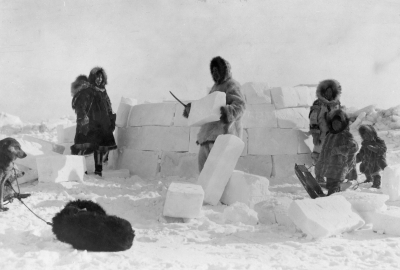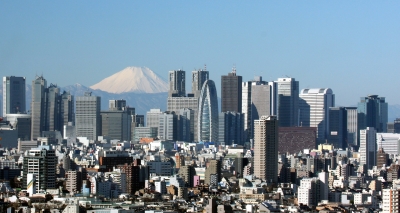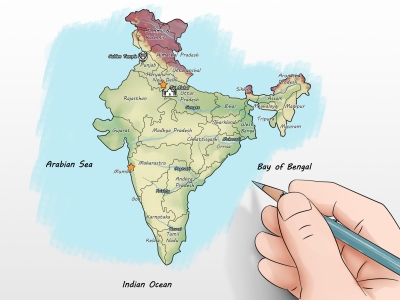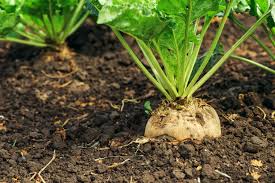
Eskimos spend much of their time hunting seals. During the spring and summer they pursue the seals in their canoes, or kayaks, harpooning them in the open sea, but all sorts of cunning ruses are also used. The Eskimo disguises himself as a seal and lies motionless for hours waiting for one of the animals to come near him, or he will drag himself along like a seal to where a group of these animals are baesking in the Sun.
The most unusual methods of hunting are used in winter when seals spend most of their time under the ice-covered water of the sea. Every seven or nine minutes they must come to the surface to gulp down a new supply of air and for this purpose the seals open up holes in the ice as breathing places.
A skilful hunter first finds these breathing holes which are hidden under heaps of snow, and then waits motionless for hours until a passing seal decides to come up for air. When it does the Eskimos strikes with his harpoon.
The Eskimo uses every part of the seal: the skin, the fat, the meat and the bones. For example, the seal’s flippers with the bones removed make good water bottles. The Eskimo hangs these water bottles near his chest under his clothes when travelling so that the contents will not freeze hard.
The skin is often used for clothes, especially for the outer shoe or boot because sealskin does not spoil with dampness.
Picture Credit : Google










